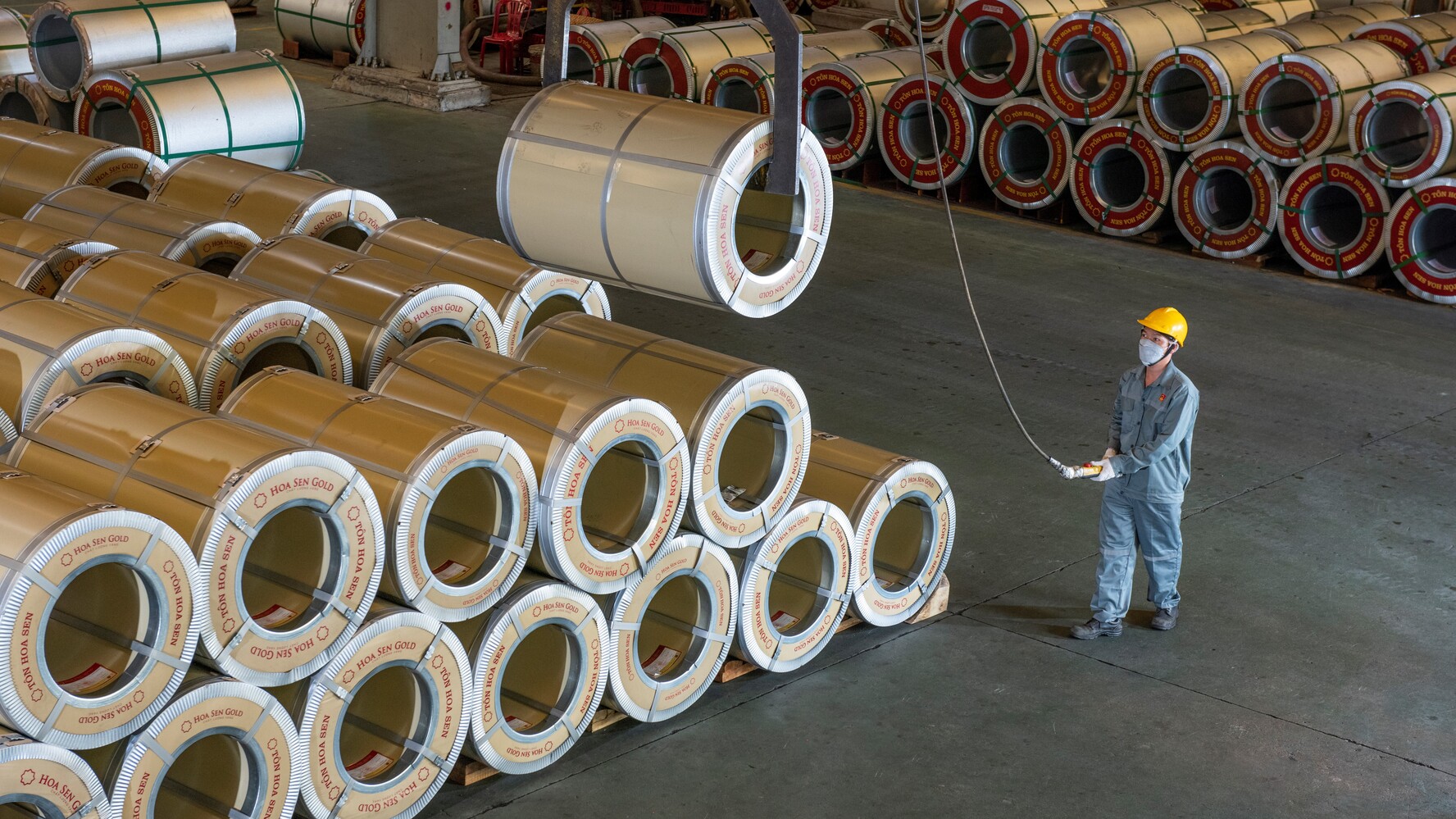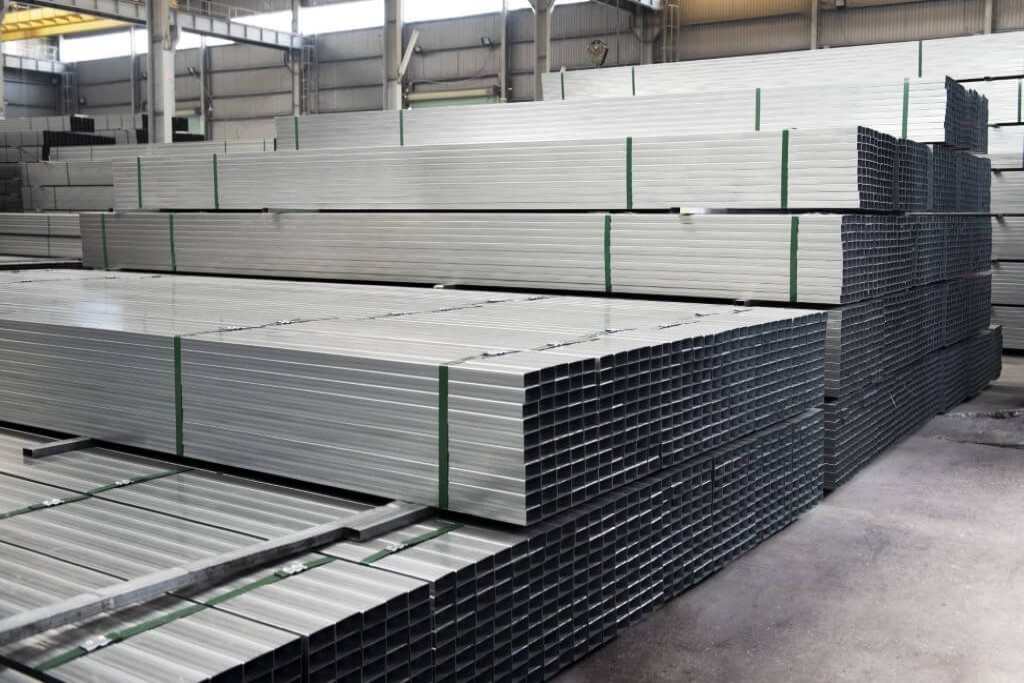A partnership agreement covering the collaborative development and delivery of low-CO2 strip steel has been reached between Salzgitter AG and the Waelzholz Group. The agreement is originally valid until 2028. The two businesses want to work together to take the lead in the steel industry's move toward decarbonization.
The partners are now stepping up their tight collaboration that has spanned decades with this partnership agreement for the delivery of strip steel with a lower CO2 footprint.
By using a specific electric metallurgical furnace method instead of the conventional blast furnace method to make these low-CO2 steels, Salzgitter AG is now able to prevent up to 71 percent of CO2 emissions, depending on the product.
The manufacturing of the input material is responsible for the vast majority of the CO2 footprint of the cold-rolled strip steels produced by Waelzholz. In light of this, it is crucial to reduce the amount of emissions generated during the manufacture of steel.
As part of the SALCOS, Salzgitter Low CO2-Steelmaking Transformation Program, Salzgitter is gradually converting its production to a hydrogen-based pathway in order to significantly reduce CO2 emissions in the steel manufacturing industry. Nowadays, hydrogen and renewable power are employed to create steel instead of the blast furnace processes that were once used.
Salzgitter AG hopes to reduce CO2 emissions from the manufacturing of steel to less than 5% of original levels with this technique.
The materials and information on this article have been prepared or assembled by Viet Nam Steel and are intended for informational purposes only.

